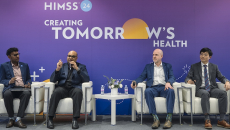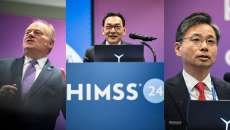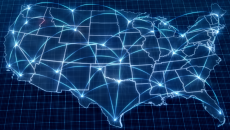Interoperability
HIMSS24 APAC
APAC health system leaders reveal best practices in EMR implementation.
HIMSS24 APAC
Hospital heads in Taiwan and South Korea share tips on enabling data exchange and dealing with vendors for data integration.
The EHR giant insisted a newly released Carequality resolution shows it did not treat Particle Health any differently in reviewing its connections under HIPAA, even as the data exchange and analytics provider expresses vindication.
HIMSS24 APAC
APAC digital health leaders have emphasised the importance of collaboration and innovation to accelerate digital transformation in healthcare.
SPONSORED
Best practices for protecting connections and securing transactions across the enterprise.
While there's been progress across government and industry, the agency said the new technology strategy emphasizes health equity, public health, AI and cybersecurity to better connect the health system with health data "for all health IT users."
ChristianaCare and UAB Health are set to make the move to Epic, while Oracle has a new pair of critical access hospitals to its CommunityWorks suite and is looking "beyond the EHR."
It wants the information released so patients, health systems, interoperability advocates and others "can evaluate the facts for themselves."
SPONSORED
One CTO’s biggest takeaways from HIMSS’ AI in Healthcare Forum.
The aim is to bolster more consistent use of the HL7 interoperability standard across HHS, says the Assistant Secretary for Technology Policy, and help "break down the silos separating patients, providers, payers, public health and research."











